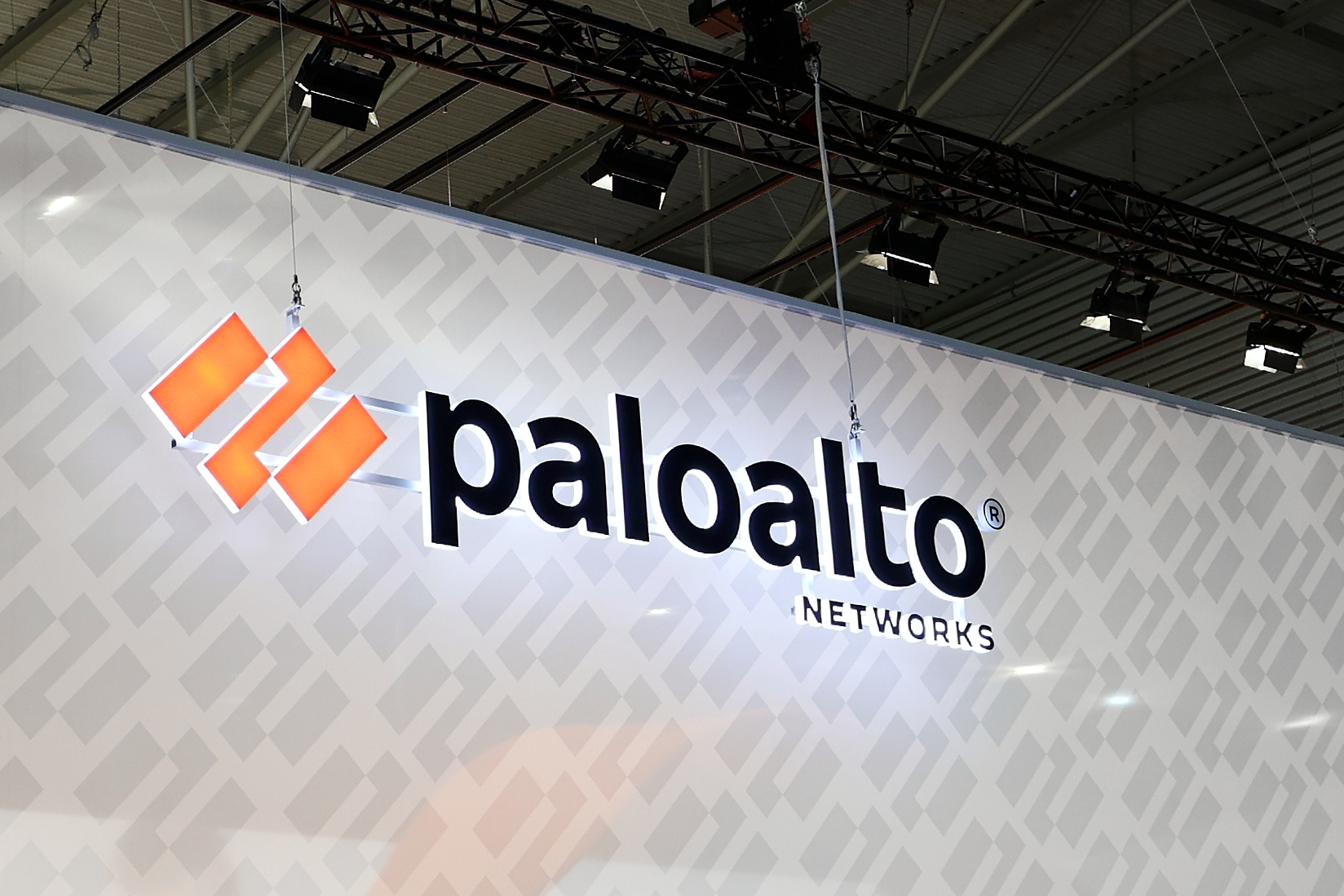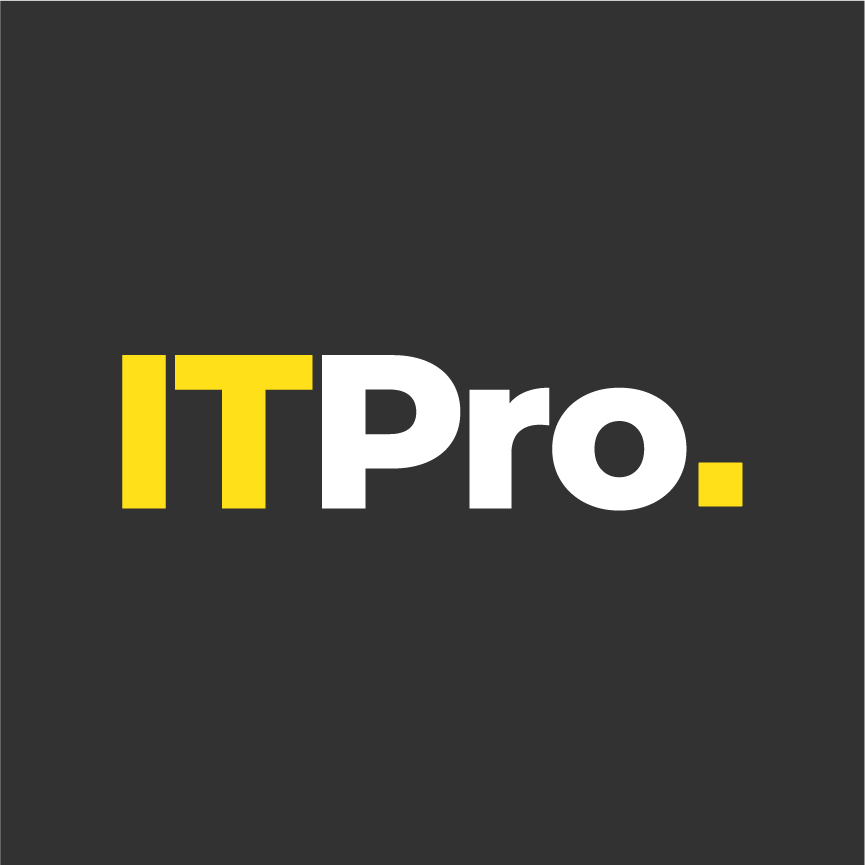Sponsored by Palo Alto Networks
How Palo Alto Networks is enabling its partner ecosystem with the power of AI-driven security and platformization
As organizations grapple with the cybersecurity impact of adopting AI applications, Palo Alto Networks sees massive potential for its strong partner ecosystem

The IT channel is facing a defining moment, as organizations look to embed AI at the core of their processes while shoring up defenses against increasingly sophisticated threats. Palo Alto Networks operates at the center of this dynamic, as a long-trusted cybersecurity vendor and partner, as well as an established expert in using AI for practical benefits.
ChannelPro sat down with Patricia Murphy, VP EMEA & LATAM Ecosystems, Strategic Alliances and Channel from Palo Alto Networks at its annual Ignite on Tour London event, to discuss its hands-on approach to supporting partners in the channel amid increasing pressure to adopt AI and improve cybersecurity.
Murphy tells ChannelPro that throughout its recent events in Paris and Berlin, partners have asked Palo Alto Networks to support them in providing customers with a better understanding and improved approach to helping customers secure the use of AI in their environments.
Palo Alto Networks’ partner ecosystem includes all routes-to-market, across service providers, global system integrators, MSSPs, resellers, distributors and cloud service providers. In addition, Murphy points to the growing diversification of the channel with cloud-native “boutique” partners that are providing services to help build, run and deploy scalable applications in cloud environments for customers.
Across this entire ecosystem, Palo Alto Networks recognizes the need to help partners deliver AI and security services in the most effective manner possible.
A Partner Advisory Board was held the day before Ignite London, in which executives from strategic partners in the UK&I gathered for an interactive session looking at market analysis, trends, and predictions. This forum drives collaborative discussion between partners where securing the use of AI was top of mind.
AI: risks and opportunities for partners
Reflecting on how AI has impacted partner priorities, Murphy strikes an optimistic tone, noting that most of her partners have developed an AI strategy and incorporated it into their GTM approach with the services offered to their customers.
At the same time, Murphy acknowledges the rising challenge of AI-driven threats and the potential difficulty of adopting AI to shore up defenses, telling ChannelPro that partners are now asking for help integrating it into their security operations center (SOC). This is where Palo Alto Networks’ AI security solutions (AI Access Security, AI Runtime Security and AI Security Posture Management) all play an integral role in helping its partners to develop a robust solution for customers who are facing the ever-growing complexity of the threat landscape.
Another exciting announcement at the event was the introduction of Cortex Cloud. “Our partners have reacted very positively about this news, as we are bringing together Cortex’s best-in-class CDR with our industry-leading CNAPP, Prisma Cloud, for real-time cloud security,” Murphy explains.
With Cortex Cloud, customers can leverage effective runtime security to protect their applications and integration across code, cloud and SOC. All of this leverages industry-leading AI and automation, which can extend from enterprise to cloud as customers embark on their platformization journey.
Platformization: a simplified, modern approach
To help reduce the complexity of their customers’ cybersecurity environments, Palo Alto Networks has leaned into its platformization approach. This delivers real-time threat analysis and prevention through an integrated platform. Customers can reduce the number of point solutions being used, cost savings can be achieved and a simplified workflow for security teams is created which improves the organization’s overall levels of cybersecurity. Murphy says that while there’s no need to “defend” the platform story anymore as its benefits are well understood in the market, there’s an opportunity for Palo Alto Networks to explain the unique capabilities of its platform to partners and customers through its native integration.
Some partners have identified the struggle their customers are facing with tech fragmentation, particularly those with a myriad of different solutions that create a level of complexity which makes it nearly impossible to effectively operate. In response, Palo Alto Networks is recommending a modular roadmap for platformization, so that partners can help customers improve their environments one step at a time.
By leveraging a platformization approach driven by AI, Murphy says security teams have more time to focus on high-value activities in the SOC which ultimately drive enhanced security outcomes for their business.
“So I think both the partners and customers see it as an advantage,” says Murphy, adding that with the right combination of real-time analytics, AI-driven insights, and cohesive platforms, we can make the world a safer place.
Research published by Palo Alto Networks alongside the event found that while 82% of surveyed UK businesses are confident using AI applications, 62% think AI threats are the biggest cybersecurity threat for 2025. In response, the company is looking more closely at how it can support its partners through timely enablement and close engagement with the local ecosystem and sales teams.
Another issue raised by partners is the skills shortage and maintaining the wellbeing of SOC staff.“I was in the Partner Advisory Board last night and some of the partners were saying we now see different profiles coming into the SOC that don't necessarily have a strong cybersecurity background, so they're able to hire a more diverse set of talent that can add value by helping organisations with security co-pilots that have evolved from helpful assistants to fully autonomous “teammates. These individuals can focus on answering the “why” not just the “what” when it comes to cyber forensics, code development and incident management.”
Partners have identified SOC analyst wellbeing as a core concern, with new threats putting extra strain on staff. Implementing real-time autonomous security allows the SOC staff of customers to focus on higher value activities as they have more time, leading to overall improved well-being.
Alongside Ignite and the Partner Advisory Boards, Palo Alto Networks runs other events where solutions to these challenges are discussed. This includes its annual Tech Summit, at which it provides comprehensive training and certifies nearly 500 partner attendees. In EMEA and LATAM, Murphy explains, partners expect a high level of competency and knowledge and respond well to Palo Alto Networks’ investment in enablement and its openness to receiving feedback.
In addition to the Tech Summits, the company also runs Partner Xchange events for the broader partner community which includes enablement across all platforms and routes-to-market. These events are different from others in the market in that they create an experience where partners and customers can learn from Palo Alto Networks as well as each other.
Meeting regulatory requirements and building capability
Across EMEA and LATAM, particularly within the EU, Murphy highlights the strong potential for Palo Alto Networks’ partners to deliver services that meet the regulatory requirements of customers.
“With the increase in cybersecurity related regulations across the EU including NIS2, DORA, and the AI Act, our partners have an opportunity to help our customers with compliance. We see this as an opportunity to add value and offer a journey towards real-time assurance by utilising technology and processes, making it less people dependent.”
Palo Alto Networks is also working to support partners and customers who have to meet increasing data sovereignty demands, with Murphy pointing to countries like Germany as front runners in this regard.
The channel is at a crossroads, with huge potential to derive value from meeting customer demand for secure AI adoption, and Murphy indicates this is cause for optimism. As an example of diversification in the channel, Murphy points to the growing value proposition of smaller MSSPs as well as the improved understanding of the cloud marketplace.
“Whether it be GCP, Azure, or AWS, there are tri-party agreements that exist that naturally, we can leverage and most of our partners and distributors are already leveraging the partner programs that the Cloud Service Providers offer today,” Murphy explains.
“A year ago, certain partners viewed the CSP (Cloud Service Provider) marketplace as a potential threat, but today I see partners embracing the fact that procuring through a marketplace is here to stay, and will continue to accelerate. Therefore, they are looking at how to lean in and leverage the platform to drive more value to the customer.”
Future Palo Alto Networks partner events will lay out and compound these benefits, bringing together partners of all sizes to build on existing cloud strategies and deliver better value for customers.
Click here to find out more about the Palo Alto Networks NextWave partner program which encompasses an innovative ecosystem of partners who help customers around the world succeed with Palo Alto Networks industry-leading, AI-powered solutions, redefining what it means to be secure.
ChannelPro Newsletter
Stay up to date with the latest Channel industry news and analysis with our twice-weekly newsletter
ITPro is a global business technology website providing the latest news, analysis, and business insight for IT decision-makers. Whether it's cyber security, cloud computing, IT infrastructure, or business strategy, we aim to equip leaders with the data they need to make informed IT investments.
For regular updates delivered to your inbox and social feeds, be sure to sign up to our daily newsletter and follow on us LinkedIn and Twitter.
-
 Why are many men in tech blind to the gender divide?
Why are many men in tech blind to the gender divide?In-depth From bias to better recognition, male allies in tech must challenge the status quo to advance gender equality
By Keri Allan
-
 BenQ PD3226G monitor review
BenQ PD3226G monitor reviewReviews This 32-inch monitor aims to provide the best of all possible worlds – 4K resolution, 144Hz refresh rate and pro-class color accuracy – and it mostly succeeds
By Sasha Muller
-
 How the UK MoJ achieved secure networks for prisons and offices with Palo Alto Networks
How the UK MoJ achieved secure networks for prisons and offices with Palo Alto NetworksCase study Adopting zero trust is a necessity when your own users are trying to launch cyber attacks
By Rory Bathgate
-
 Palo Alto Networks opens London HQ and commits to UK hires
Palo Alto Networks opens London HQ and commits to UK hiresNews The firm has also pledged to improve diversity in cyber security through education drives
By Rory Bathgate
